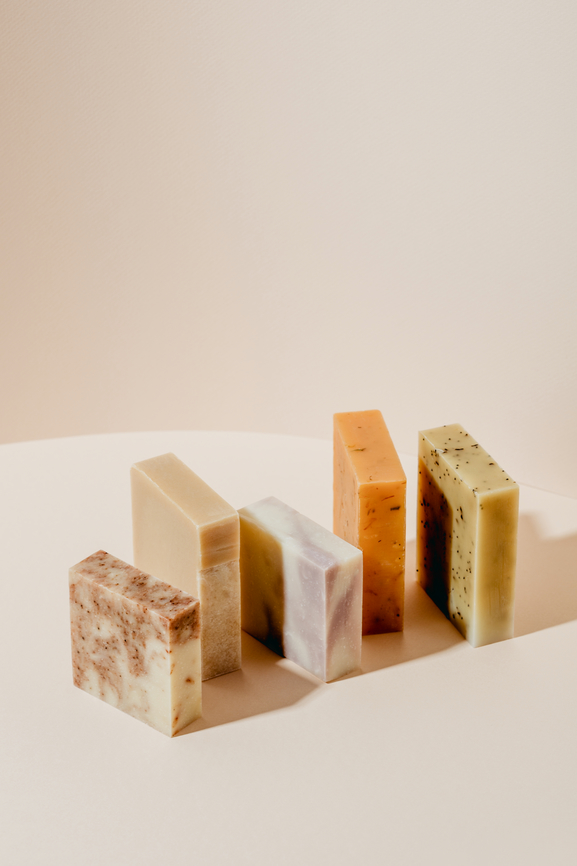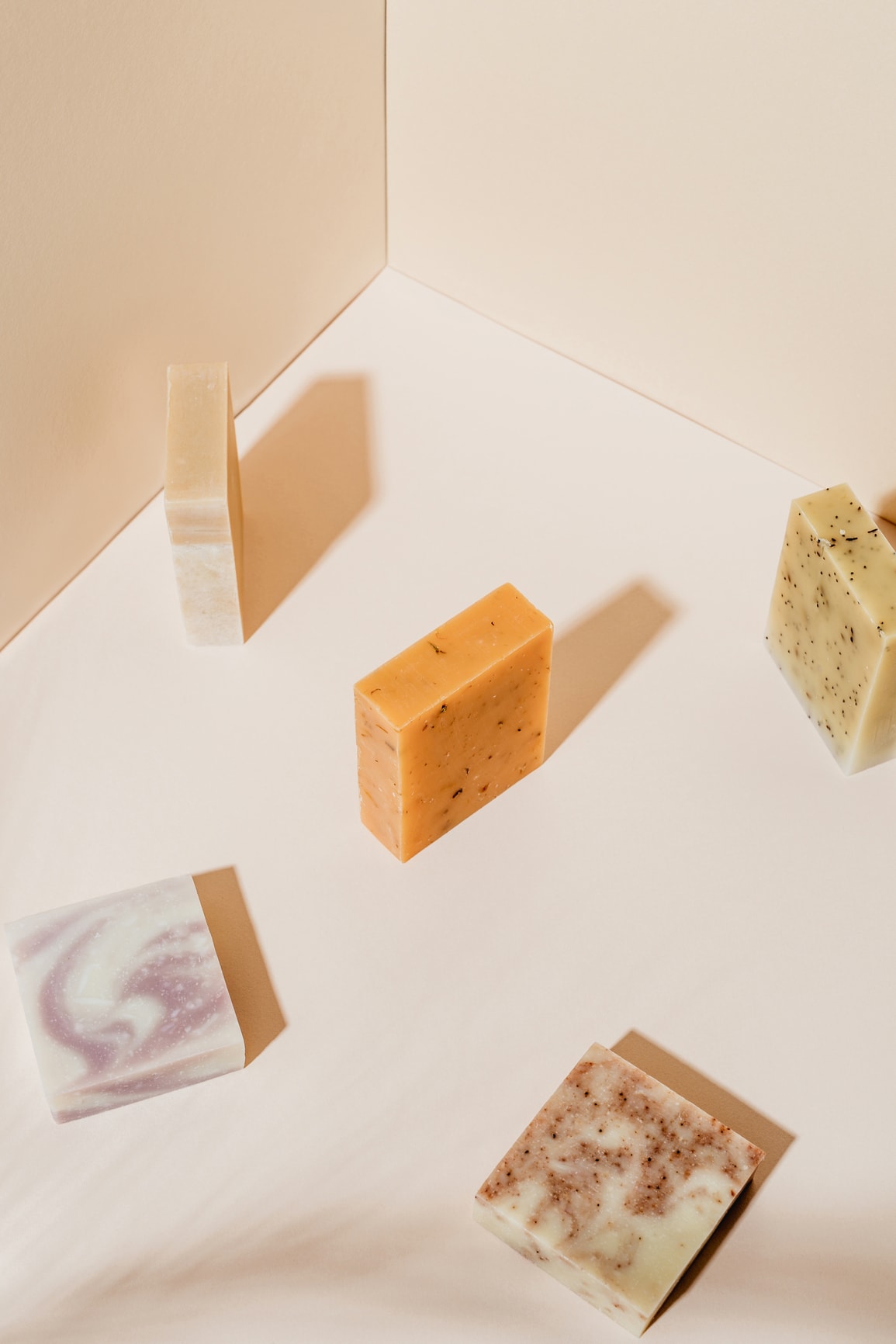Tracking Influencer Campaigns

-
Getting Started
- Feb 28, 2018 Introduction to PeopleMap
- Feb 27, 2018 Analyze
- Feb 27, 2018 Profiles
- Feb 26, 2018 Search
- Feb 26, 2018 Lists
- Feb 26, 2018 Stats
- Feb 26, 2018 Campaigns
- Feb 20, 2018 Account and Billing
-
Guides for Agencies
- Feb 12, 2018 List Building for Talent
- Feb 11, 2018 Community Management
-
Guides for Brands
- Feb 14, 2018 Find Influencers by Location
- Feb 14, 2018 Find Brand Ambassadors
- Feb 14, 2018 Find Micro-Influencers
- Feb 13, 2018 List Building For eCommerce Brands
- Feb 13, 2018 Tracking Influencer Campaigns
-
Guides for Everyone
- Feb 17, 2018 Grow Your Instagram Community Authentically
-
Guides for Freelancers
- Feb 10, 2018 Find Freelance Clients
-
Guides for Influencers
- Aug 28, 2019 Find Brands to Work With
- Feb 17, 2018 Pitching to Micro-Brands
- Feb 16, 2018 Make Content You Want to Get Paid For
- Feb 16, 2018 How To Create Case Studies
- Feb 15, 2018 The Power of Collaboration
Guides for Brands
How to Track Influencer Campaigns on Instagram
Example
Influencer Product Seeding
Influencer Product Seeding is a type of campaign where you ask multiple influencers to share your product over a short period of time. By focusing on a specific customer segment, and scheduling posts to coincide, you capture attention more effectively. It usually takes about a month to plan and do outreach.
List Building. For this example, we'll say you're an eco-conscious skincare brand and you're launching a new serum!
Build a list in PeopleMap of eco-conscious beauty micro, macro, and mega influencers you want to work with. Here's how to find Beauty Micro-Influencers on YouTube.
How many influencers can you potentially seed? Divide that number by 20% or your historical outreach response conversion. That will be the total number of people you need to reach out to.
You'll allocate your budget per influencer based on their following and engagement.
Outreach funnel lists will help you track your efforts from campaign inception to execution. Outreach duration should be about two weeks, from pitching to on-boarding, for all influencers in the campaign.
Example Outreach Funnel (these are your lists):
Campaign Name - 01 Influencer Pitched
Campaign Name - 02 In Talks
Campaign Name - 03 Followed Up
Campaign Name - 04 Confirmed
Once you've moved all your influencers through the funnel into the Campaign Name - 04 Confirmed list, download that list to a CSV file. Now you'll add those to a Campaign.
Click Campaigns → New Campaign → Add Influencer → Import Influencers from a spreadsheet.
Copy the list of confirmed influencers from your CSV and then download them to your campaign. You might need to import your CSV into a spreadsheet first, to isolate the usernames.
Add the mention target (your brand's Instagram account). Optionally, add your hashtag if you're requiring influencers to use it for the campaign.
As influencers post, you'll get email notifications (photo and caption right in the email).
Check your campaign periodically on PeopleMap to see who hasn't posted. It may have been that they forgot to tag the brand's Instagram account in the post. Follow up with influencers as needed. If the campaign is unbranded (no mentions or hashtags), PeopleMap won't pull the posts into your campaign automatically. In that case, use the Add Post button to the right of each influencer's Campaign Posts section to manually add those posts.
At the end of the campaign, PeopleMap will show stats and aggregate numbers based on the campaign posts. It'll take 24 to 48 hrs after the last post of the campaign for all the follower growth numbers to be calculated. But most of the numbers are available as soon as each post is added.
EXAMPLE
IRL EVENT with Influencers
If you're a brand hosting an event, or an influencer speaking at one, the campaign tracking tool is key for following up. You'll get emails direct to your inbox notifying you who posted, and what they said about you/your event. You can even create these types of campaigns on PeopleMap after the event. The posts will be pulled in automatically as long as you create the campaign within a few days after the event (PeopleMap searches back 30 posts for each influencer).
Let's say you're a brand hosting an event and you have a list of RSVPs.
Create a campaign and add those RSVP accounts as influencers.
Add the brand's Instagram username as the mention account and any hashtag you're using for event promotion.
As posts go live from that event (most likely during/post) you'll get email notifications.
Let's say 50 of the 100 RSVPs you added to your campaign ended up posting. Click each of those posts in the campaign to like and comment on the post. Tell them how much you enjoyed having them, or how you'd love to connect with them outside of the event, or simply like their photo to show that you appreciate their post. This is a great opportunity for collaborations and partnerships beyond an event. It's taking IRL networking and extending that connection through digital engagement. TIP: In the campaign, click More Settings at the top (under the rules), then click Hide influencers with zero posts to see only the influencers who posted. This can help you decide which influencers you should invite to future events as well.
After your event wraps and you've followed up with the known RSVPs, you'll want to check if any other people posted that you may have forgotten, or that were plus 1s of the RSVPs.
Click Search in the main menu at the top of PeopleMap and search for your event hashtag
Let's say you see 50 more people who posted from the event and used the hashtag but weren't included in your original campaign.
Open your campaign and add each of these people as an influencer. Their posts will then be added to the Campaign Posts section automatically. Now you can engage with these new connections—like, comment, and maybe email a personal invite to a mailing list for future events. Note: this needs to be done from the campaign itself, not using the Add to Campaign button on the influencer's PeopleMap profile. Otherwise the older event posts won't be automatically added to the campaign.
Adding these unexpected influencers to the campaign gives you a more complete picture of the event's impact, capturing the full ROI.
Is there a way to measure an Influencer's success to see if we should partner with them again?
Here are a few key indicators:
Compare the engagement rate of the campaign posts vs. the Influencer's profile engagement rate.
If the Influencer is open to using a link, set them up with a Campaign Builder link to capture those clicks in Google Analytics (especially if they are using Stories).
If you are an e-commerce brand, check your sales for that day to see if there were any upticks.
There are a couple of factors that we've seen affect Engagement Rate with Sponsored Posts:
Brand requests make it really hard for the Influencer to be authentic, leading to weaker community response. Make sure the Influencer has full creative control over what to post and how to say it: one simple CTA message in their words, one hashtag (excluding FTC hashtags), and one mention. Many brands try to add 2-3 CTAs, numerous branded hashtags, and mentions. This strategy ends up diluting the message, so prioritize the messaging and user flow.
Try to avoid video-first posts or albums. Unless the video is a GIF, or the account consistently posts videos, typically Engagement Rate dips when the video is the first post.





